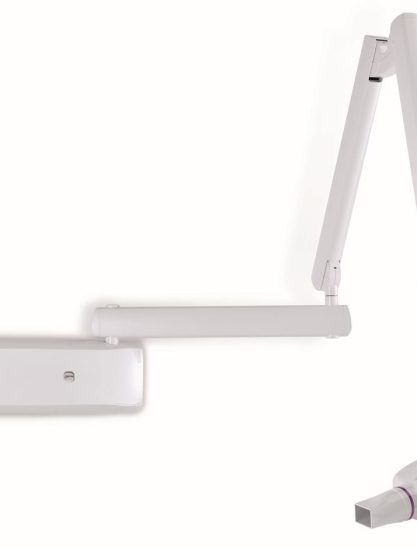The most common dental x-ray examination is an intraoral x-ray. Intraoral x-rays are a sure way for dental experts to get a good look at what they are dealing with. What is the role of an intraoral x-ray in a dental examination?
As opposed to trusting the naked eye, intraoral x-rays give a great amount of detail, highlighting areas of concern clearly.
They can be used to detect cavities
Inspect the health of the tooth root and bone
Evaluate incoming teeth and ultimately
Determine the overall health of a patient’s teeth
The data taken from the machine can help model predicted movement for orthodontics
It can also assist in the production of dental aids such as aligners
They also enable the dental practitioner to acquire precise and detailed imaging for accurate diagnosis, offering a more precise service. Intraoral x-rays also have the added advantage of inflicting minimal radiation exposure for the patient.
The Importance Of An Intraoral X-Ray
Intraoral x-rays give us a much clearer idea of what is going on with the teeth and mouth. They help to ensure that diagnoses are accurate and the correct care and management is given to all manner of dental conditions. With the help of intraoral x-rays, we can detect anything concerning that might not be visible during visual examinations, often identifying issues before any symptoms start to show.
Your dental establishment can hold onto intraoral x-rays for future reference. This is because when new x-rays are taken, they can be used as an extremely useful comparison to determine if any changes have occurred. That said, your patients won’t always require intraoral x-rays. If they are simply going in for a check-up without any cause for concern, they will likely not need one. But circumstances will differ from patient to patient, and each case can be assessed individually.
For example, dental practices will benefit by offering recurrent intraoral x-rays to child patients whose teeth and jaws are constantly changing and growing, requiring more precise monitoring.
Intraoral x-rays changed the game of modern dentistry. With them, dental practitioners are able to detect and deal with a broad range of dental issues and keep them under close watch. They are safe to use and recent technology is working to improve that further.
To learn more about the intraoral x-ray range we offer to dental practitioners, or to ask any questions, get in touch with a representative at William Green.








